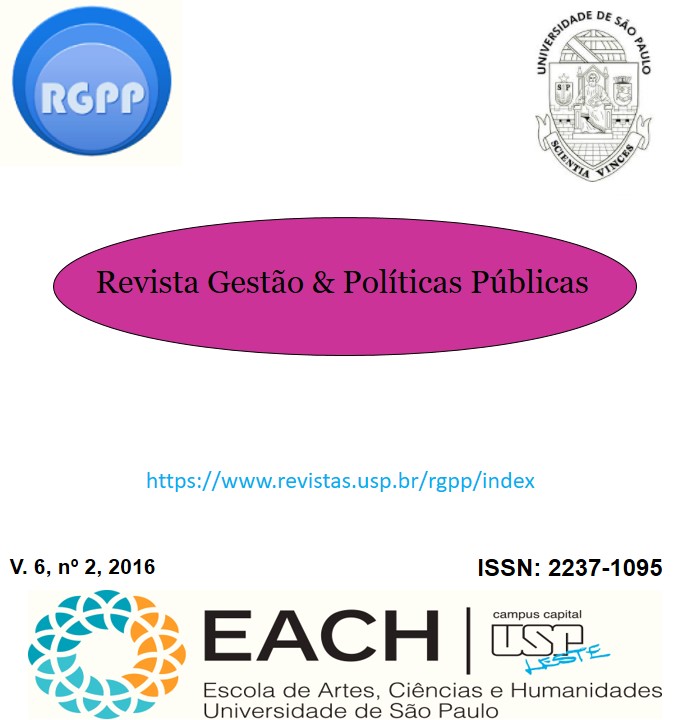Environmental Law and Sustainable Tourism: critical analysis between environmental ethics and interests in relation to non-human animal life
DOI:
https://doi.org/10.11606/issn.2237-1095.v6p187-200Palavras-chave:
environmental law, sustainable tourism, environmental ethics, sustainability, non-human.Resumo
ABSTRACT
This study aims to investigate the exploitation of animal life in tourism observed in certain tourist destinations, such as Jenipabu/RN, which uses dromedaries from the Canary Islands in ethical mismatch. As observed hypotheses, tourism as an economic activity does not share the parameters associated with the preservation of life and sustainability and the use of animals in tourism comes to constitute the reproduction of cases related to the exploitation and violation of animal rights, non-human lives. It is analyzed the evaluation of tourism development of a destination that uses nonhuman life in this activity in certain regions of Brazil. Through exploratory research and qualitative method, it investigates the bibliography, original documentation and articles that address sustainability parameters in Brazilian Environmental Law and tourism, through which it was diagnosed a sustainable development mean for the sector, since this activity tends to reach a factor of preservation of the fauna by contributing to conservation funds. As preliminary conclusion, it is stated that tourism planning needs to share guidelines to ensure the maintenance of animal life for inspection by the responsible agencies, particularly in organizations that use animals in their routine activities, and to encourage the creation and participation of multiple actors in courses of environmental education by promoting parameters of awareness of the maintenance and conservation of non-human life.
Keywords: environmental law; sustainable tourism; environmental ethics; sustainability; non-human.
Downloads
Downloads
Publicado
Edição
Seção
Licença
Copyright (c) 2016 Revista Gestão & Políticas Públicas

Este trabalho está licenciado sob uma licença Creative Commons Attribution-NonCommercial-ShareAlike 4.0 International License.
A RG&PP segue o padrão Creative Commons (CC BY-NC-SA), que permite o remixe, adaptação e criação de obras derivadas do original, mesmo para fins comerciais. As novas obras devem conter menção ao(s) autor(es) nos créditos.
A RG&PP utiliza o software de verificação de similaridade de conteúdo – plagiarismo (Crossref Similarity Check) nos artigos submetidos ao periódico.






